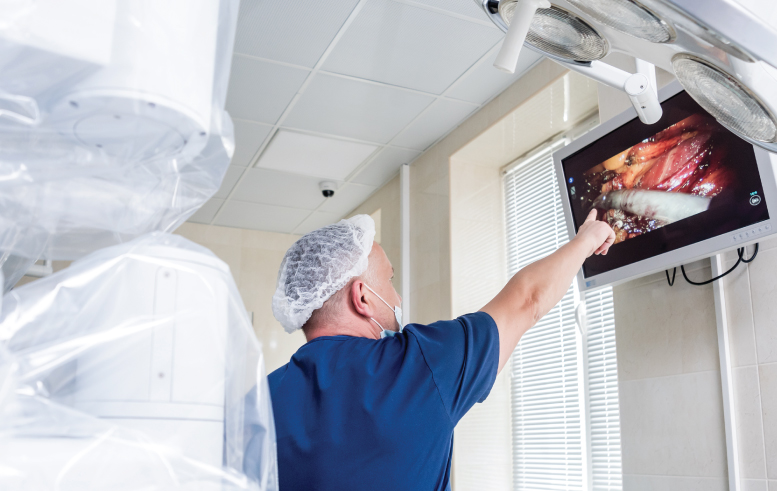In the realm of modern medicine, groundbreaking advancements continually reshape the landscape of healthcare. One such innovation that has transformed surgical procedures is laparoscopy. Also known as minimally invasive surgery (MIS) or keyhole surgery, laparoscopy has revolutionized the way surgeries are performed, offering patients and medical professionals a myriad of remarkable benefits.
The Power of Precision: Laparoscopic procedures involve making small incisions through which specialized instruments and a tiny camera are inserted. This camera provides high-definition, real-time imagery of the surgical area, allowing surgeons to navigate with unparalleled precision. This enhanced visualization facilitates intricate operations that demand utmost accuracy, such as delicate organ surgeries and tumor removals. With a clear view of the operating site, surgeons can minimize the risk of damaging surrounding tissues and structures, leading to faster recovery times and reduced post-operative pain for patients.
Minimal Scarring, Maximum Aesthetics: One of the most apparent advantages of laparoscopy is the cosmetic aspect. Unlike traditional open surgeries that often leave patients with large scars, laparoscopic procedures require only a few small incisions, each typically less than an inch in length. These smaller incisions result in significantly reduced scarring, promoting better self-esteem and body image for patients. This aesthetic advantage is particularly relevant in procedures involving highly visible areas, boosting patients' confidence in addition to their physical well-being.
Swift Recovery and Shortened Hospital Stays: Laparoscopic procedures are renowned for their rapid post-operative recovery period. The smaller incisions cause less trauma to the body, leading to decreased pain and discomfort. Patients who undergo laparoscopic surgeries often experience shorter hospital stays compared to their counterparts who undergo traditional open surgeries. This not only minimizes healthcare costs but also allows patients to return to their daily lives and routines sooner, enhancing their overall quality of life.
Reduced Risk of Infection and Complications: Smaller incisions mean fewer entry points for potential infections. Laparoscopic procedures have a lower risk of infection and other post-operative complications compared to open surgeries. The reduced exposure of internal organs to external contaminants contributes to a more favorable recovery trajectory for patients, reducing the likelihood of setbacks and enhancing overall surgical outcomes.
Economical and Efficient: Laparoscopic procedures can often be performed on an outpatient basis, sparing patients the need for extended hospital stays. This not only alleviates the burden on healthcare facilities but also reduces healthcare costs for both patients and providers. Additionally, since laparoscopic surgeries require smaller incisions, patients experience less blood loss during the procedure, further minimizing the need for blood transfusions and associated costs.
Shaping the Future of Surgery: The benefits of laparoscopy extend beyond individual patients to the healthcare system. By promoting faster recovery, shorter hospital stays, and reduced complications, laparoscopic procedures contribute to the optimization of healthcare resources. As technology continues to advance, it is likely that laparoscopy will become even more refined, allowing for an expanded range of surgical applications.
In conclusion, the advent of laparoscopy has ushered in a new era of surgical excellence. With its unparalleled precision, minimized scarring, swift recovery times, and reduced risk of complications, laparoscopic procedures have become the gold standard for various surgeries. Patients and medical professionals alike benefit from its remarkable advantages, shaping a future where surgical interventions are not only more effective but also more patient centered. As technology propels us forward, the legacy of laparoscopy as a medical marvel is destined to endure, ensuring that the benefits of this revolutionary approach touch lives far and wide.








Comments
Post a Comment